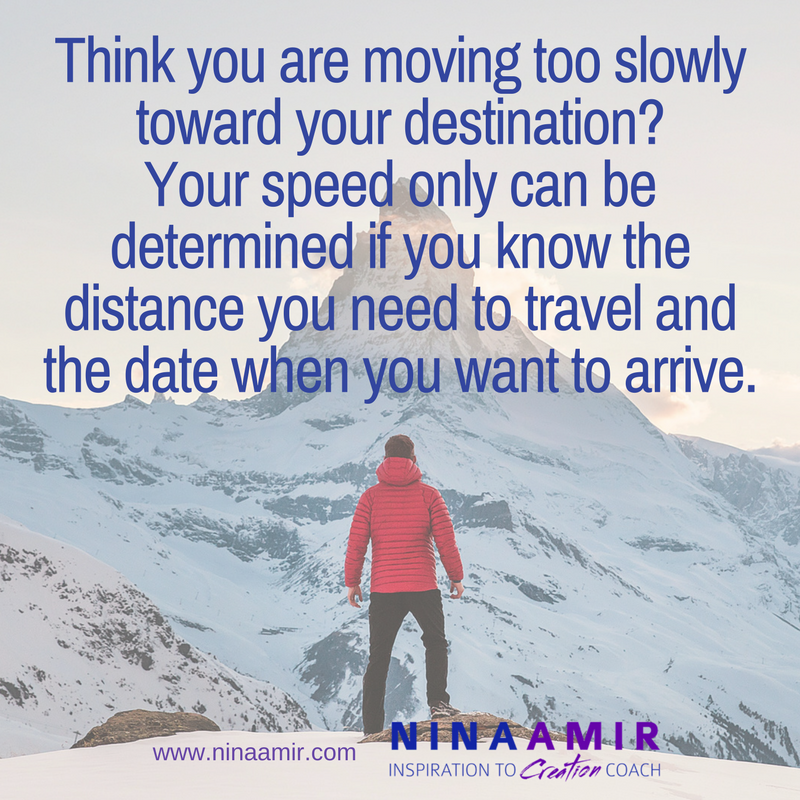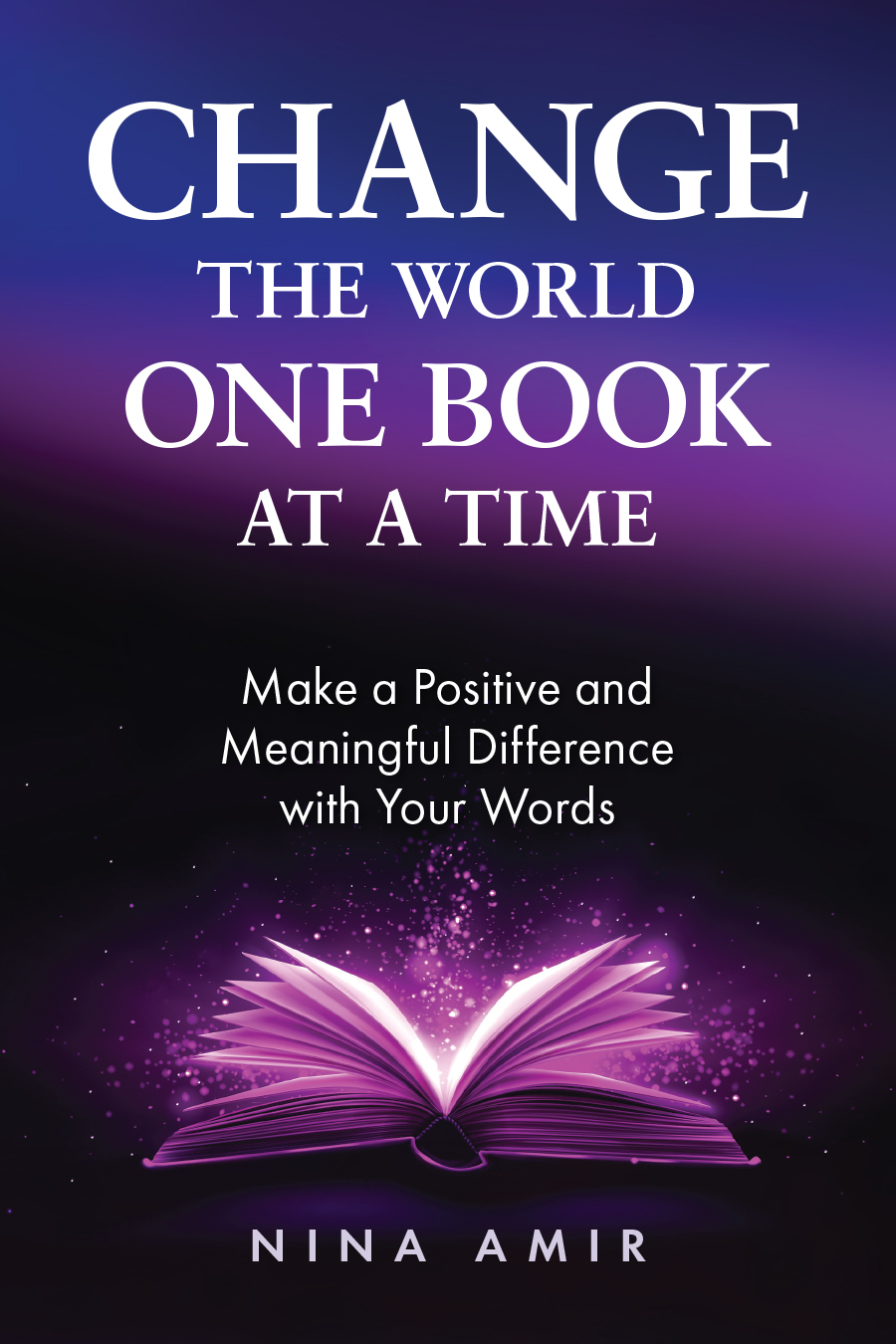Do you think you are moving too slowly toward your goals? Consider this: After traveling for 40 years at the highest speed any spacecraft has ever gone, Voyager I has traveled only 0.053% of the distance to the nearest star.
Is Voyager I traveling too slowly toward its goal or as fast as possible? As fast as possible.
What about you?
If you’ve taken even one step toward your goal, you’ve probably traveled an equivalent distance—and in less time. And, like Voyager I, you may have chosen a big target that takes more time to accomplish even if you move toward it as fast as you can.
What’s the point? It may look like you aren’t making progress, when, in fact, you are.
Don’t Beat Yourself Up
I bet you tell yourself something different, like “I’m not making progress. I need to accomplish more faster.”
Being hard on yourself doesn’t help you get where you want to go more quickly. In fact, it slows you down. But it’s a human tendency to beat yourself up for not doing more in less time.
I’m not saying that you couldn’t be more productive or make more progress toward your goal. (I know I could!) But making yourself wrong for that fact starts a negative mental cycle from which it is difficult to extract yourself.
The more negative I am about myself, my productivity, by actions, and my ability to achieve my goal, the less I want to work toward it. I end up procrastinating and feeling unmotivated.
I bet you understand.
If I can maintain a positive mindset, I get a lot more accomplished and in less time.
Put Your Progress in Perspective
Voyager I’s progress to date helps put your progress in perspective. But let’s get a big-picture view of you journey toward a goal.
To do so, first, you need to know your end point…how far do you want to travel? How long will it take to get there? How fast do you need to move?
Once you know these details, you can realistically judge your progress.
How to Determine if You are Moving Forward Fast Enough
Let’s use a real example to get more clarity on this concept.
If it you want to write a book, you need to know if it will take you a week or a year, which depends on the length of the book and how much research you need to do. You could complete a short book (4,000 words) that requires little research in a week or two if you write consistently every day. In fact, traveling (writing) at the speed of 572 words per day for seven days will get you to your destination.
A longer book (50,000 words), however, would understandably take more time. Traveling at the speed of 572 words per day, it would take you at least 87 days to arrive at “Done.”
Let’s stick with the short-book example a little longer to see how quickly you are moving toward your goal. If at the end of week one you know you have only gotten to the destination called “2,000 Words”—not “4,000 Words” as planned—you know you are moving more slowly than you can or would like. That means you need to speed up if possible to get to your endpoint on time.
But if you can only travel at the speed of about 260 words per day (one typed page rather than two), then nothing will get you to your goal faster. You’ll arrive in two weeks (unless you get a power pack to boost your speed).
Track Your Progress
You can apply this principle to any goal. Determine the endpoint, how long it will take you to get there, and when you want to arrive. Then decide how much you can get done on a daily or weekly basis to help you reach your destination by the deadline.
But keep track of your progress! If you don’t, you can’t improve your performance.
Create a chart to track your progress. The chart might look like this:

If you set some deadlines, like completing your book (or any other goal) in 100 days or by a specific date, like six months from now, you can to fill in the chart at regular intervals. For example, you could do so every 10 days or at the end of each month. You would then shade in your progress on the chart, like this:

Imagine you are writing a 50,000-word book and want to be finished with the first draft in six months. You need t write 8,333 words each month. A month that produces only 2,000 words would not get you to 25%. So you would only fill in a portion of the first box on the chart above.
If you aren’t getting to specific “locations” on time, like completing 2,000 words of your book by June 30, you know you need to speed things up to make the necessary progress and arrive on time.
Without tracking your progress and having a clear idea of where you want to end up and by when, you’ll never know if you are moving forward at a good clip.
Additionally, your progress chart will consistently give you perspective on how quickly you are moving forward. Then, like Voyager I, you’ll know you are gaining consistent ground on your journey to accomplishing your goal—even if that goal still seems a long distance away.
Let me know how if you’re on track to meet your goal or how you plan to speed up your progress.
Never miss one of my videos! Click here to subscribe to my YouTube channel.
 Do you feel like nothing can or will ever change—and that means you can’t become the person you know you can be…the person you want to be and feel certain you were meant to be? It’s time to get out of your own way and get from where you are to where you want to go. Give me an hour of your time, and I’ll help you see how to step into your best self. To apply for a one-hour FREE Certified High Performance Coaching strategy session, fill out this application.
Do you feel like nothing can or will ever change—and that means you can’t become the person you know you can be…the person you want to be and feel certain you were meant to be? It’s time to get out of your own way and get from where you are to where you want to go. Give me an hour of your time, and I’ll help you see how to step into your best self. To apply for a one-hour FREE Certified High Performance Coaching strategy session, fill out this application.Photo courtesy of Joshua Earle on Unsplash
.



